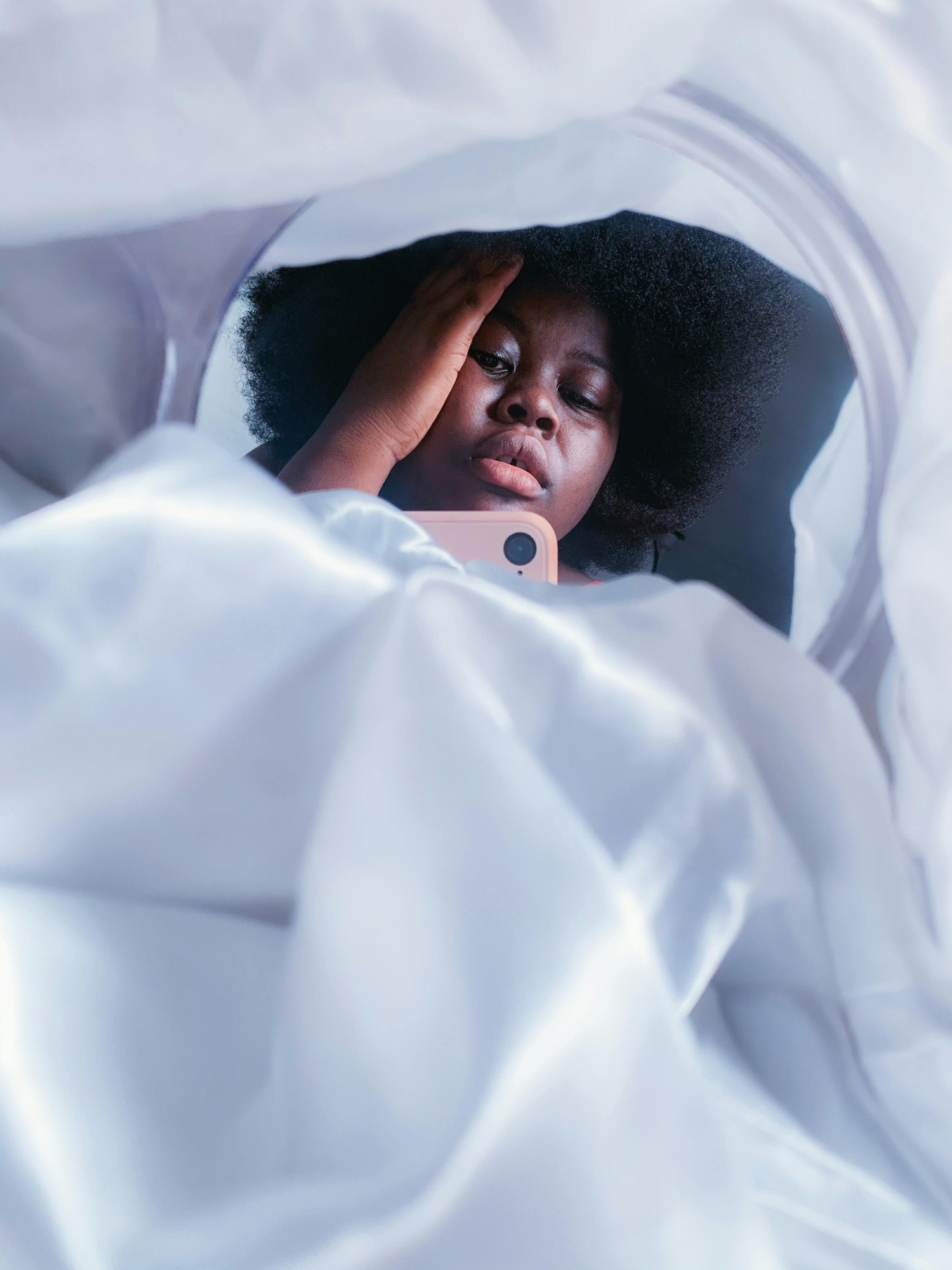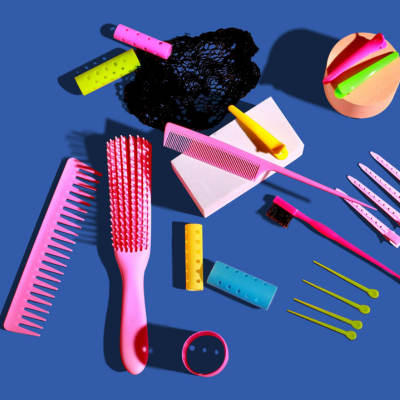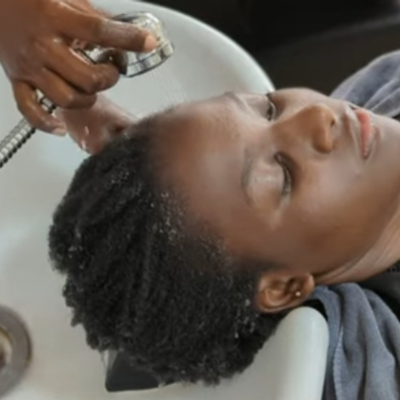- Support 24/7
- +1 (480) 468-4543
- livara@mylivara.com
3 Types Of Hair Damage-And How To Fix Them

How to Properly Comb Natural Hair to Prevent Damage
April 1, 2024
Demystifying Texturizing: The Truth About Texturizing Natural Hair
April 3, 2024
What your hair looks and feels like is a direct reflection of how you treat or care for it. The things you do to your hair can take a major toll on its health and appearance. Heat styling, mechanical stress, and exposure to certain chemicals are three common culprits that often lead to hair damage. In this article, we’ll take a closer look at the intricacies of each type of damage and provide effective solutions to restore the health and luster of your hair.
1. Heat Damage
While blow dryers, flat irons, and curling wands are now staples in our hair styling regimens, excessive use of these heat tools on your hair can cause serious damage. Heat damage occurs when the high temperatures from heat tools strip the hair of its natural moisture, leaving it dry, brittle, and much more prone to breakage.
How to Fix Heat Damage
Deep Conditioning
- Treat your hair to regular deep conditioning treatments to boost your hair’s moisture, strengthen it, and improve elasticity. Admittedly, hair that’s been severely damaged by heat may not be instantly revived by deep conditioning; however, for normal cases of heat damage, you can greatly improve the health of the hair if you do it every 1-2 weeks.
- Deep condition correctly using a quality deep conditioner like the Livara 2in1 Deep Conditioner and Leave-In Treatment for satisfactory results.
Reduce heat exposure
- Use heat styling tools at a low-temperature setting.
- Limit the frequency of heat styling to give your hair time to recover. At all costs, avoid heat styling your hair on a regular basis. Heat style as few times as possible.
Use Heat Protection
- Prior to using heat styling tools, apply a quality heat protectant to create a barrier between your hair and the heat. Our 2in1 Sapphire Deep Conditioner and Leave-In Treatment also doubles as a natural heat protectant, with ingredients like aloe vera that shield the hair during heat styling.
Trimming
- Split ends are a major part of the damage caused by heat to the hair. Split ends are what you see when the ends of your individual hair strands start to fray into two or three parts, damaging the entire shaft and making it more susceptible to further damage. Regular trims help get rid of split ends caused by heat damage, promoting healthier growth and a better overall appearance.
- Schedule a trim at a salon (or do the trim yourself if you can, using the right equipment) as soon as you notice any split ends. While it may be difficult to let go of those inches, it’s better for the healthy growth of your hair in the long run.
2. Mechanical hair damage
Mechanical damage occurs when our hair undergoes excessive stress from various sources, like aggressive brushing and combing, tight hairstyles, or friction from some accessories that tug onto the hair strands, like rubber bands and certain hair ties. Friction with cotton bedding can also cause mechanical hair damage.
How to Combat Mechanical Damage
Gentle detangling
- Use a wide-tooth comb or a detangling brush to gently remove knots and tangles, starting from the tips and working your way up.
Loose Hairstyles
- Avoid tight hairstyles like ponytails and tight buns that can cause stress on the hair shaft. When styling your hair, opt for looser styles, and don’t hold the hair around your hairline tightly as this could result in traction alopecia.
Silk or satin accessories
- Swap out elastic bands for silk or satin scrunchies to prevent hair tugging and breakage.
Protect your hair at night
- Ensure to protect your hair with a satin bonnet or silk scarf before you go to bed. Alternatively, swap out your cotton pillowcase for a silk one to prevent friction between your hair and your bedding as you sleep.
Chemical hair damage
Moving on to the third, and probably the worst kind, chemical hair damage. Chemical damage can result from the use of harsh hair treatments, such as relaxing (chemical straightening), bleaching, coloring, or perming. These processes can significantly weaken the hair structure, leading to dryness, frizz, and breakage.
How to Deal With Chemical Damage
Moisturizing Products
- Chemical damage results in hair becoming drier and brittle; therefore, using moisturizing products can help restore its strength and vitality. Use sulfate-free, moisturizing shampoos and deep conditioners to keep your hair hydrated.
- Deep condition weekly or biweekly for best results, and ensure to seal in the moisture with a nourishing natural oil like jojoba or shea butter. Let your hair enjoy the best nature has to offer with our Emerald Hair Food and the beautifully assorted Tanzanite Hair Oil.
Protein Treatments
- Treat your hair to protein-rich treatments to strengthen and repair the damaged cuticle.
Avoid overlapping treatments
- Allow sufficient time between chemical treatments to prevent overloading your hair with harsh chemicals.
Consider a trim or the big chop
- If your hair has been severely damaged from procedures like relaxing and you’re looking to start on a healthier hair journey, it may be time for a chop or trim. You can start from zero with the big chop or let your natural hair grow out while continually trimming the treated ends until you successfully get rid of all the treated hair.
- If you choose the path of continually trimming off the chemically damaged hair, protective hairstyles can help you retain your new natural length in the process of transitioning.
Bottom-line
Knowing the specific causes and treatments for heat, mechanical, and chemical hair damage is essential to having healthy, beautiful hair. You can effectively reverse the effects of damage and bring your mane back to its former glory by taking preventative measures and giving your hair the care it needs. For hair that’s severely damaged, some of these measures may not be effective, and unfortunately, a trim may be due.
Always remember that a little extra love and attention goes a long way toward nourishing your hair back to health. Remember, you are a gem. Treat your hair as such.



